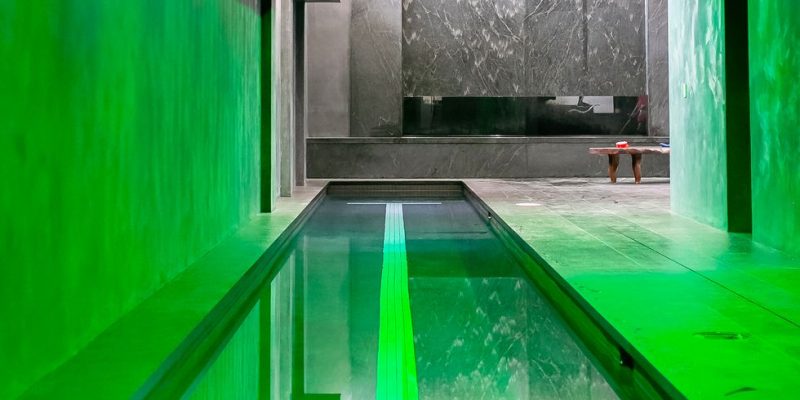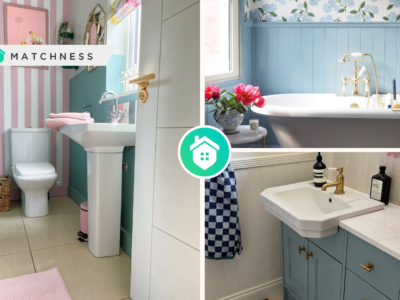After a gruesome winter, the rise in mercury feels such a welcome. And we all know what that means right? Yes, being in your backyard pool all day is a thought that seems very inviting. After all, swimming is only the fourth most popular recreational activity in the United States. But did you know that after such a period of unuse, how much cleaning it may require? Or rather, how to keep a consistently well-maintained backyard splash zone while using it regularly? Worry not, this article will cover all the bases that you should know.
Getting to know your pool
For what may seem just lying in front of your eyes all the time, there may be a thing or two that may still be unknown to you. For instance, you may wonder about how many components your pool may have! The most important ones are namely the interior walls, the water, the filter system, and the skimmers. Now each of these has its own job to do. Keep reading on to find out more.
- The Walls
This is what essentially holds the structure of your pool together and keeps the water inside at all times. The constant contact with water may result in moss-like growth with time if not keep clean. Also, keeping free from any kind of build-up helps you to use it without any kind of algae, mold, and any other debris.
- The Water
Probably the most important thing next, without the swimming water you would not have anything to splash around. And as sometimes this water also finds its way into your esophagus while swimming, therefore, it is crucial that the quality is well maintained at all times. Keeping it clean and free from pollutants will help you to keep your health free from any infections and allergies.
- The Filter System
Having a proper filter system in your swimming area is vital to maintain its cleanliness. With time, exposure to open-air results in a lot of dirt and contaminants getting accumulated in the pool. According to the professionals at Majesticpoolinc.com, monitoring the filter and keeping up with all the other maintenance things are important for a hygienic swim. Besides, the filter system also makes use of a pump to constantly circulate clean water into the pool.
- The Skimmers
Last but not the least, the pool skimmers should not be confused with the net skimmers. They help in drawing the water out from the swimming pool to the filtration system to suck out any impurities and harmful particles. The drawn top surface of the water is about ⅛ of an inch and is very effective in removing floating contaminants like sunblock residue, hair and leaves, thus preventing them sinking on the bottom floor.
No two pools are the same and the plan is customized according to each and every pool type. Yet, if you get to have a strong understanding of these four basics, then it will help you to feel prepared and equipped with any challenges about maintenance and upkeep.
There is something else too
Even though we have covered pretty much, there are still three things about these splashing areas that you must know. Just like diamonds, there are three C’s about swimming pools that you should always pay attention to.
- Circulation
If the water is standing, then there are greater chances of breeding pests and insects. Thus, a constant circulation of water is extremely important to have it clean, clear, and safe. For a safe swimming session, it is very important to have proper water circulation inside the pool as it helps to prevent cloudy water and pool algae infestation. - Cleaning Schedule
From leaves, frogs, mold to residues of shampoo, hair products, and perfumes, your swimming pool collects them all. If persistent in the water for a long time, this can also result in bacterial contamination. Thus keeping your swimming area clean at all times will keep all the people taking a dip safely and will also make the experience enjoyable for all. You can achieve this by having a proper cleaning schedule for the swim area for maximum efficacy at hygiene. - Chemistry of Water
Understanding basic water chemistry is not rocket science and to grasp it in a good way, you need to have a stronghold on three aspects.- pH levels- This helps you to know about the measure of how acidic or alkaline your pool water is. The ideal range is deemed neutral which is considered to be between 7.4 to 7.6. Any lower than this would mean your water is acidic or higher would mean that it is more basic.
- Alkalinity: It works as a pH buffer and helps to avoid sudden spikes of acidity or basicity. The ideal range for this is considered between 100 to 150 parts per million.
- Sanitizer levels: This counts for the amount of bromine, chlorine, and any other sanitizing agent present in the water. The levels may be dependent upon the type of sanitizer that you choose. Furthermore, you can add chemicals to tweak the water chemistry if required.
The Takeaway
Having a pool in the house is one of the most rewarding things to have in the summers. But it is also vital that you keep it well maintained and clean at all times for maximum usage efficacy.




















